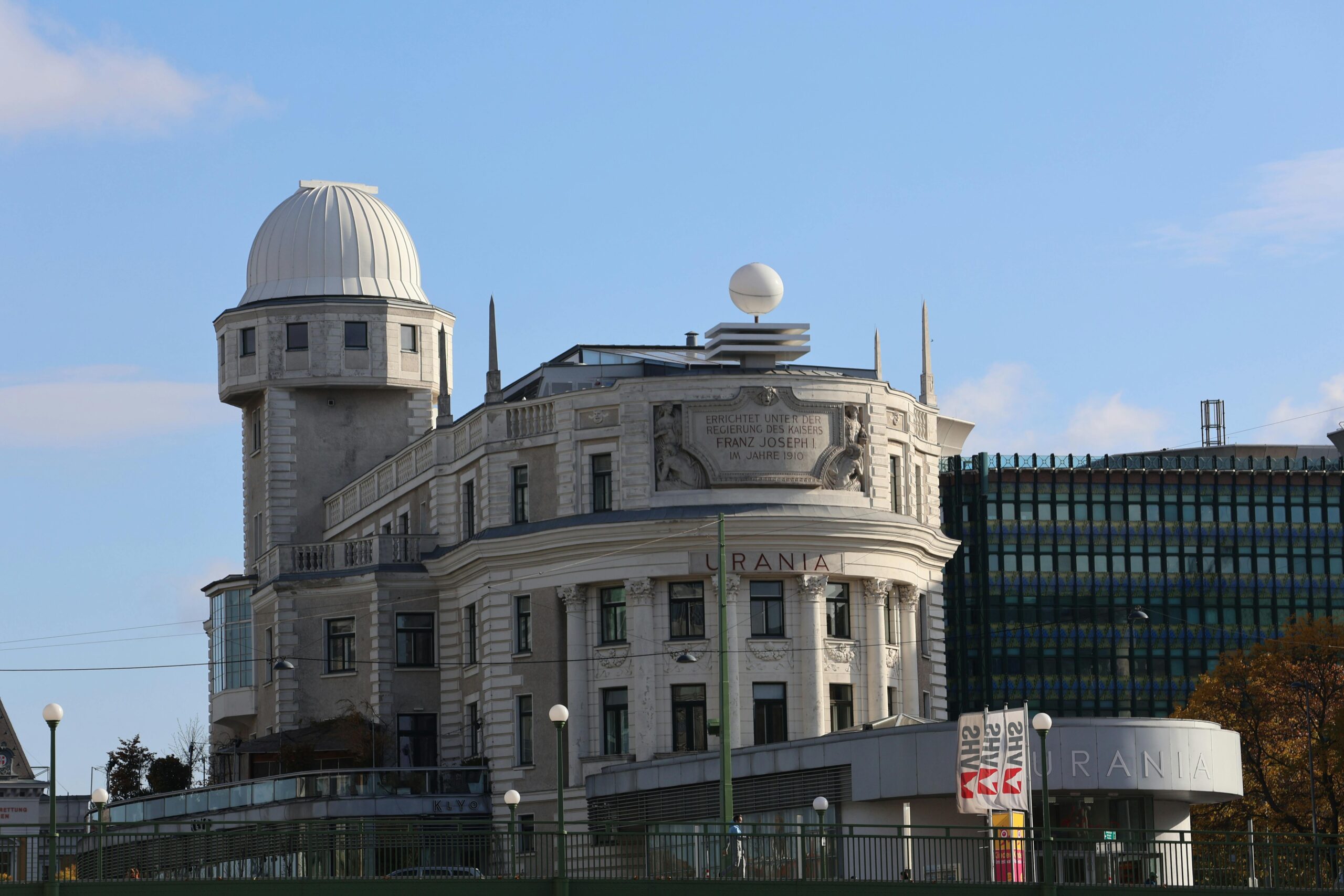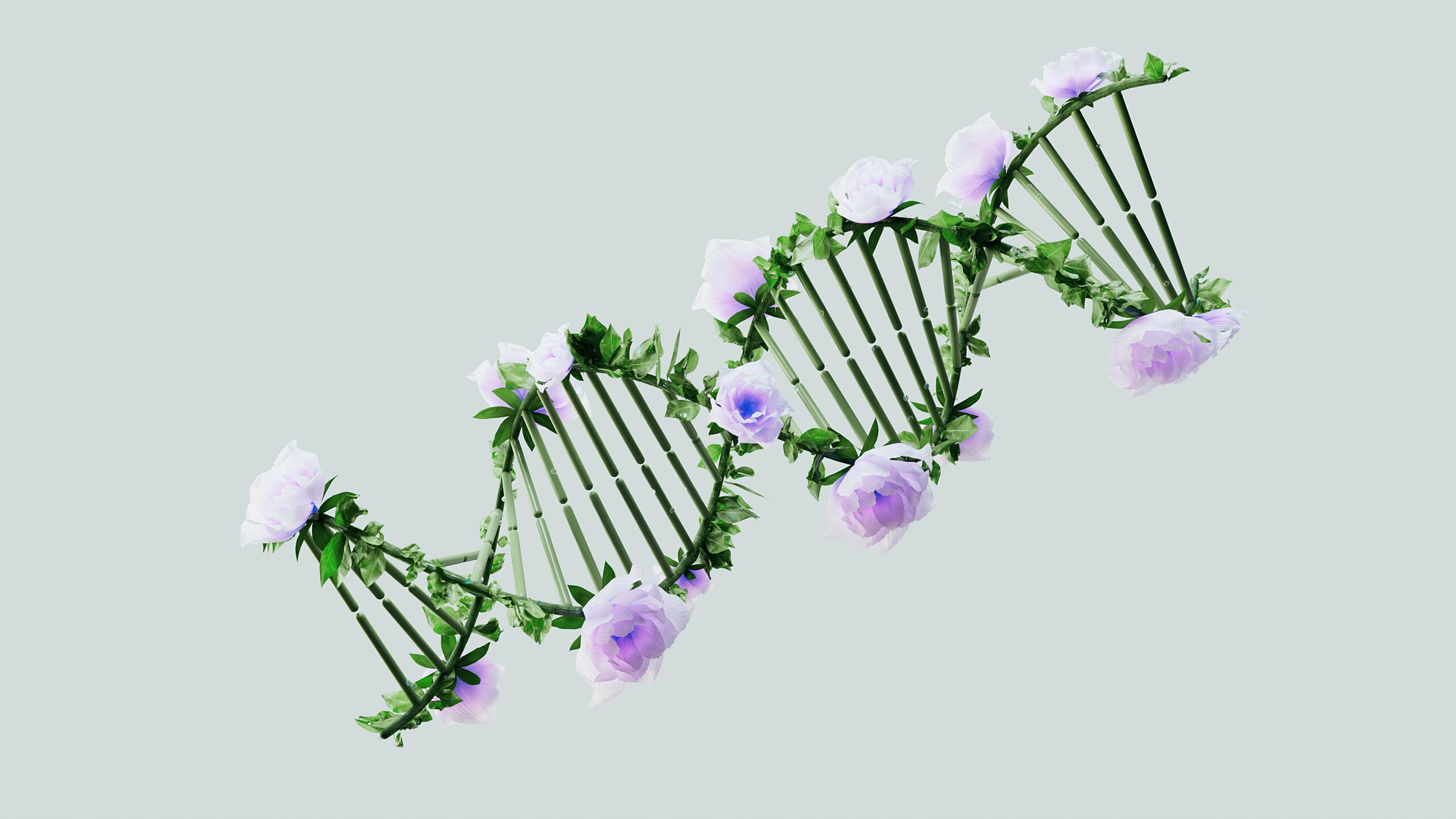The quest for eternal youth has captivated humanity for centuries, but today’s scientists are closer than ever to decoding aging through bioinformatics and predictive models.
🧬 The Dawn of Computational Longevity Science
Aging was once considered an inevitable, mysterious process that science could only observe from the sidelines. Today, bioinformatics has transformed this ancient challenge into a data-rich puzzle that researchers can systematically decode. By combining vast genomic datasets, machine learning algorithms, and advanced computational models, scientists are now identifying the molecular signatures of aging with unprecedented precision.
The revolution began when researchers realized that aging leaves distinct patterns across our biological systems. These patterns, or “aging biomarkers,” can be measured, tracked, and potentially manipulated. Bioinformatics provides the tools to analyze millions of data points simultaneously, revealing connections between genes, proteins, and cellular processes that were previously invisible to traditional research methods.
Modern predictive aging models leverage artificial intelligence to process complex biological data at scales that would take human researchers lifetimes to analyze. These models can now predict an individual’s biological age—which often differs significantly from chronological age—with remarkable accuracy by examining everything from DNA methylation patterns to protein expression profiles.
Decoding the Molecular Clock: What Bioinformatics Reveals About Aging
At the cellular level, aging manifests through multiple interconnected pathways. Bioinformatics has helped identify nine hallmarks of aging, including genomic instability, telomere attrition, epigenetic alterations, and cellular senescence. Each of these hallmarks leaves digital fingerprints in our biological data that computational models can detect and quantify.
DNA methylation, the process by which chemical groups attach to our DNA and regulate gene expression, changes predictably as we age. Researchers like Steve Horvath developed “epigenetic clocks” that measure these methylation patterns across the genome. These clocks have become some of the most accurate predictors of biological age, often revealing whether someone is aging faster or slower than their birth certificate suggests.
Transcriptomic data—information about which genes are actively being expressed in cells—provides another rich source of aging signatures. Bioinformatics platforms can analyze gene expression across thousands of samples, identifying specific transcriptional patterns associated with healthy aging versus accelerated decline. This knowledge enables researchers to pinpoint interventions that might restore youthful gene expression profiles.
The Power of Multi-Omics Integration
The true breakthrough in aging research comes from integrating multiple “omics” layers: genomics, transcriptomics, proteomics, metabolomics, and microbiomics. Each layer tells part of the aging story, but bioinformatics allows scientists to synthesize these perspectives into comprehensive predictive models.
For example, a person’s genome might reveal genetic predispositions to certain age-related diseases, while their metabolome shows current metabolic health status, and their microbiome indicates gut health—a critical factor in inflammation and aging. Advanced algorithms can weigh these factors together, creating personalized aging profiles that account for individual variability far better than one-size-fits-all approaches.
🔬 Machine Learning: The Crystal Ball of Longevity
Machine learning algorithms have become indispensable tools in predictive aging research. These artificial intelligence systems can identify subtle patterns in biological data that even expert researchers might miss. Deep learning networks, trained on datasets from thousands or millions of individuals, can predict health outcomes, mortality risk, and biological age with increasing precision.
Convolutional neural networks, originally developed for image recognition, are now being applied to analyze everything from facial photographs to retinal scans, extracting aging signals from visual data. Studies have shown that AI models can estimate biological age from facial images with accuracy comparable to biochemical tests, opening possibilities for accessible, non-invasive aging assessments.
Recurrent neural networks excel at analyzing time-series data, making them perfect for tracking how aging biomarkers change over months and years. These models can predict future health trajectories based on current trends, potentially identifying individuals at risk for accelerated aging before clinical symptoms appear.
Predictive Models in Action: Real-World Applications
Several companies and research institutions have deployed predictive aging models in clinical and commercial settings. Insilico Medicine, a pioneering AI-driven drug discovery company, uses deep learning to identify novel anti-aging compounds and predict their effects on biological systems. Their models have successfully identified drug candidates that extend lifespan in model organisms.
Academic institutions are building public databases of aging biomarkers, enabling researchers worldwide to develop and validate their predictive models. The CALERIE (Comprehensive Assessment of Long-term Effects of Reducing Intake of Energy) study, for instance, provides rich longitudinal data that bioinformaticians use to understand how caloric restriction affects human aging at the molecular level.
From Data to Interventions: Translating Predictions into Therapies
Understanding aging mechanisms through bioinformatics is only valuable if it leads to actionable interventions. Fortunately, predictive models are accelerating the development of targeted anti-aging therapies by identifying the most promising intervention points in aging pathways.
Senolytic drugs, which selectively eliminate senescent “zombie” cells that accumulate with age, were discovered partly through computational screening of compound libraries. Bioinformatics models predicted which molecules would effectively target senescent cells while sparing healthy ones, dramatically reducing the time and cost of drug development.
NAD+ boosters, supplements that restore levels of this critical cellular energy molecule that declines with age, gained scientific validation through studies that used bioinformatics to track their effects across multiple biological systems. Predictive models helped identify optimal dosing strategies and revealed which individuals might benefit most from NAD+ supplementation.
Personalized Aging Interventions: The Future is Now 🎯
The most exciting frontier in anti-aging research is personalization. Bioinformatics enables truly individualized longevity strategies based on each person’s unique biological profile. By analyzing someone’s genome, epigenome, proteome, and lifestyle data, predictive models can recommend specific interventions—dietary changes, exercise protocols, supplements, or medications—tailored to their particular aging trajectory.
Several direct-to-consumer companies now offer biological age testing services that use bioinformatics-based models. These services analyze blood biomarkers, DNA methylation, or other biological samples to estimate biological age and provide personalized recommendations for slowing aging. While the scientific community continues debating the accuracy of various models, the technology is rapidly improving.
The Data Goldmine: Biobanks and Longitudinal Studies
Predictive aging models are only as good as the data they’re trained on. Large-scale biobanks like the UK Biobank, which contains genetic and health information from half a million participants, provide invaluable resources for developing and validating aging algorithms. These massive datasets enable researchers to identify rare genetic variants associated with exceptional longevity and to test hypotheses about aging mechanisms across diverse populations.
Longitudinal studies that follow participants for decades are particularly valuable. The Baltimore Longitudinal Study of Aging, ongoing since 1958, has tracked thousands of individuals throughout their lives, creating a temporal dimension that cross-sectional studies cannot provide. Bioinformatics analyses of such data reveal how aging trajectories diverge and what factors predict healthy versus pathological aging.
Electronic health records represent another data goldmine. Anonymized patient records from millions of people contain patterns waiting to be discovered through bioinformatics. Researchers are developing algorithms that mine these records to identify early warning signs of age-related diseases, potentially enabling preventive interventions years before symptoms appear.
🧪 Validating Predictions: From Algorithms to Biology
A critical challenge in bioinformatics-driven aging research is validation. Computational models can generate thousands of hypotheses, but these predictions must be verified in biological systems. Researchers are increasingly using model organisms like C. elegans worms, fruit flies, and mice to rapidly test predictions from bioinformatics analyses.
These model organisms age much faster than humans, allowing researchers to observe entire lifespans in weeks or months rather than decades. When bioinformatics predicts that a particular gene or pathway influences aging, scientists can genetically manipulate that target in model organisms and observe the effects on lifespan and healthspan. Successful interventions then become candidates for mammalian studies and eventually human trials.
The reproducibility of findings across different model systems strengthens confidence in bioinformatics predictions. When an anti-aging intervention identified through computational modeling extends lifespan in worms, flies, and mice, it suggests the underlying mechanism is conserved across evolution and might work in humans too.
Clinical Translation: Bridging the Gap
Translating bioinformatics discoveries into approved therapies faces regulatory and practical challenges. Clinical trials for anti-aging interventions are complex because aging itself isn’t classified as a disease, making regulatory approval pathways unclear. However, targeting specific age-related diseases like Alzheimer’s or cardiovascular disease provides alternative routes to clinical application.
Some researchers advocate for establishing “aging biomarkers” as regulatory endpoints, which would allow testing of anti-aging interventions based on biological age reduction rather than waiting decades to measure lifespan extension. Bioinformatics-validated biomarkers are central to this strategy, as they provide measurable outcomes for clinical trials that can be assessed in reasonable timeframes.
Ethical Considerations and Accessibility Challenges
As bioinformatics-driven anti-aging technologies advance, important ethical questions emerge. Will these interventions be accessible only to wealthy individuals, creating a longevity divide? How do we ensure diverse populations are represented in the datasets that train predictive models? What are the societal implications of significantly extended lifespans?
Data privacy represents another critical concern. Genetic and biological data are deeply personal, and predictive aging models require access to sensitive health information. Researchers and companies must implement robust security measures and transparent consent processes to protect participants while advancing science.
There’s also risk of over-promising. While bioinformatics has accelerated aging research tremendously, we haven’t yet achieved dramatic lifespan extension in humans. Managing public expectations while maintaining scientific rigor is essential for sustaining support and funding for longevity research.
⚡ The Convergence of Technologies: What’s Next?
The future of anti-aging research lies at the intersection of bioinformatics, artificial intelligence, gene editing, regenerative medicine, and nanotechnology. CRISPR gene editing, guided by bioinformatics predictions about which genetic modifications would slow aging, could enable precise interventions at the DNA level. Stem cell therapies, optimized through computational modeling, might regenerate aged tissues. Nanomedicine could deliver anti-aging compounds directly to specific cell types.
Wearable devices and continuous health monitoring are generating unprecedented amounts of real-time biological data. Smartwatches already track heart rate variability, sleep quality, and activity levels—all relevant to aging. As sensors become more sophisticated, measuring everything from blood glucose to stress hormones, bioinformatics models will integrate this continuous data stream to provide dynamic, real-time assessments of biological age and health status.
Quantum computing, though still in early stages, promises to revolutionize bioinformatics by solving computational problems currently beyond reach of classical computers. Simulating protein folding, modeling complex biological networks, and analyzing massive genomic datasets could all benefit from quantum acceleration, potentially unlocking new insights into aging mechanisms.
Building Your Personal Longevity Strategy
While cutting-edge bioinformatics research continues in laboratories, individuals can already apply evidence-based longevity principles informed by computational aging science. Regular exercise, caloric restriction or intermittent fasting, stress management, quality sleep, and social connections all show consistent benefits across studies that use predictive aging models.
Consider getting biological age testing through companies that use validated bioinformatics models. While not perfect, these tests provide baseline measurements and can track whether lifestyle changes are moving your biology in the right direction. Many services offer actionable recommendations based on your specific results.
Stay informed about emerging research, but maintain healthy skepticism about miracle cures. The most reliable anti-aging interventions identified through bioinformatics tend to be unsexy fundamentals rather than exotic supplements. However, as science progresses, more targeted interventions will become available, and having a relationship with preventive medicine practitioners who understand longevity science will be increasingly valuable.

🌟 The Promise of a Healthier, Longer Life
Bioinformatics and predictive aging models represent more than technological achievements—they embody a fundamental shift in how we understand and approach aging. Rather than accepting decline as inevitable, we’re learning to view aging as a malleable process with identifiable mechanisms that can be measured, predicted, and potentially modified.
The goal isn’t necessarily radical life extension but rather extending healthspan—the years of life spent in good health, free from debilitating disease. If bioinformatics-driven interventions can compress morbidity into a shorter period at life’s end, enabling people to remain vigorous and independent longer, that would represent a tremendous achievement for individuals and society.
We stand at an inflection point where computational power, biological understanding, and vast datasets converge to make the previously impossible achievable. The fountain of youth remains metaphorical, but the tools to slow aging and extend healthy life are increasingly real, guided by the predictive power of bioinformatics and the relentless progress of science.
The revolution in anti-aging research powered by bioinformatics is just beginning. As algorithms improve, datasets expand, and interventions are validated, the coming decades will likely witness unprecedented advances in human longevity. While challenges remain—scientific, ethical, and practical—the trajectory is clear: aging is becoming less mystery and more manageable condition, decoded one data point at a time.
Toni Santos is a longevity writer and regenerative medicine researcher dedicated to exploring how biology, technology, and ethics can extend healthspan. With a focus on cellular repair and anti-aging biotechnology, Toni examines how next-generation therapies translate lab breakthroughs into real-world vitality. Fascinated by stem cell science, telomere dynamics, and systems biology, Toni’s journey bridges research reviews, expert interviews, and clear public communication. Each article he shares aims to separate evidence from hype—helping readers understand what’s promising, what’s premature, and what truly supports long-term health. Blending molecular biology, clinical insight, and accessible storytelling, Toni investigates interventions that target the root drivers of aging. His work honors responsible innovation—prioritizing safety, transparency, and human wellbeing in the pursuit of extended healthspan. His work is a tribute to: Anti-aging biotechnology grounded in rigorous evidence Cellular rejuvenation pathways that restore function and resilience Stem cell and telomere research advancing ethical longevity care Whether you’re a clinician, researcher, or health enthusiast, Toni Santos invites you to explore the frontiers of regeneration—one discovery, one mechanism, one healthier year at a time.




